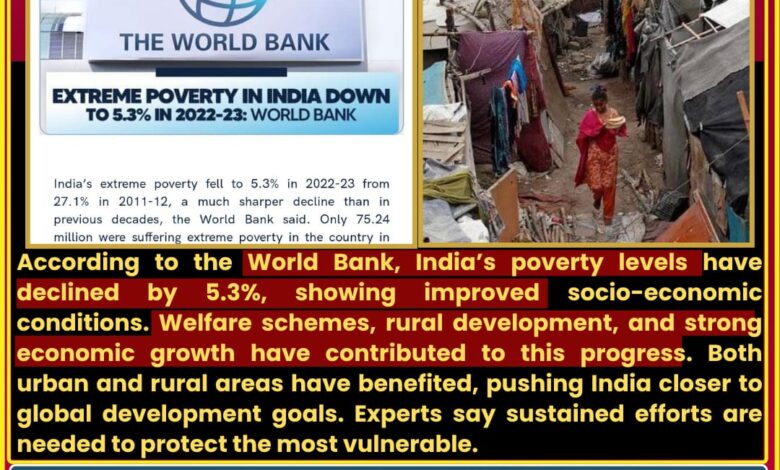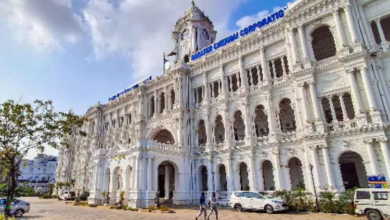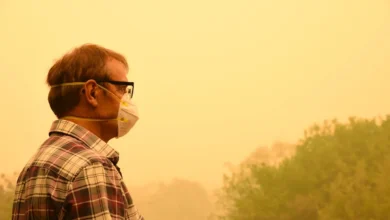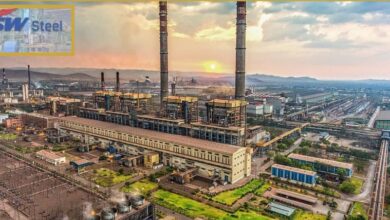
📉 World Bank: India Records 5.3% Drop in Poverty Levels
In a positive development, the World Bank has reported that poverty in India has declined by 5.3%, signaling a substantial improvement in the country’s socio-economic conditions. The report attributes this to economic resilience, social programs, and improved access to basic amenities.
📊 Key Indicators Show Inclusive Progress
The data reflects strong growth in rural and semi-urban regions, where government welfare schemes have made noticeable impact. The drop in poverty is accompanied by better access to education, healthcare, clean water, and employment.
A senior World Bank economist noted, “India’s poverty decline is among the fastest in the developing world, thanks to sustained efforts in social and economic reforms.”
🏘️ Government Welfare Schemes Play a Key Role
Programs like PM Awas Yojana, Jan Dhan Yojana, Ayushman Bharat, and PM Garib Kalyan Anna Yojana have been instrumental in reducing the poverty burden. The World Bank highlights these schemes as critical to improving living conditions for millions.
📈 Urban and Rural Balance Achieved
The report highlights that poverty reduction was visible across both urban and rural areas, with rural India seeing strong benefits due to improved infrastructure, direct cash transfers, and job creation through schemes like MNREGA.
💵 Economic Growth Driving Positive Change
India’s consistent GDP growth and expanding middle class are creating new economic opportunities. The World Bank estimates that continued investment in human capital and technology can accelerate poverty elimination further in the coming years.
🌍 India on Track to Achieve SDG Goals
This progress puts India closer to achieving the United Nations Sustainable Development Goals (SDGs) related to poverty, hunger, and inequality reduction. With continued momentum, India could emerge as a model for poverty alleviation globally.
📢 Experts Urge Sustained Focus on Marginalized Communities
While the report is encouraging, economists urge the government to maintain focus on marginalized and vulnerable communities. Climate change, inflation, and global disruptions still pose risks to poverty eradication efforts.










